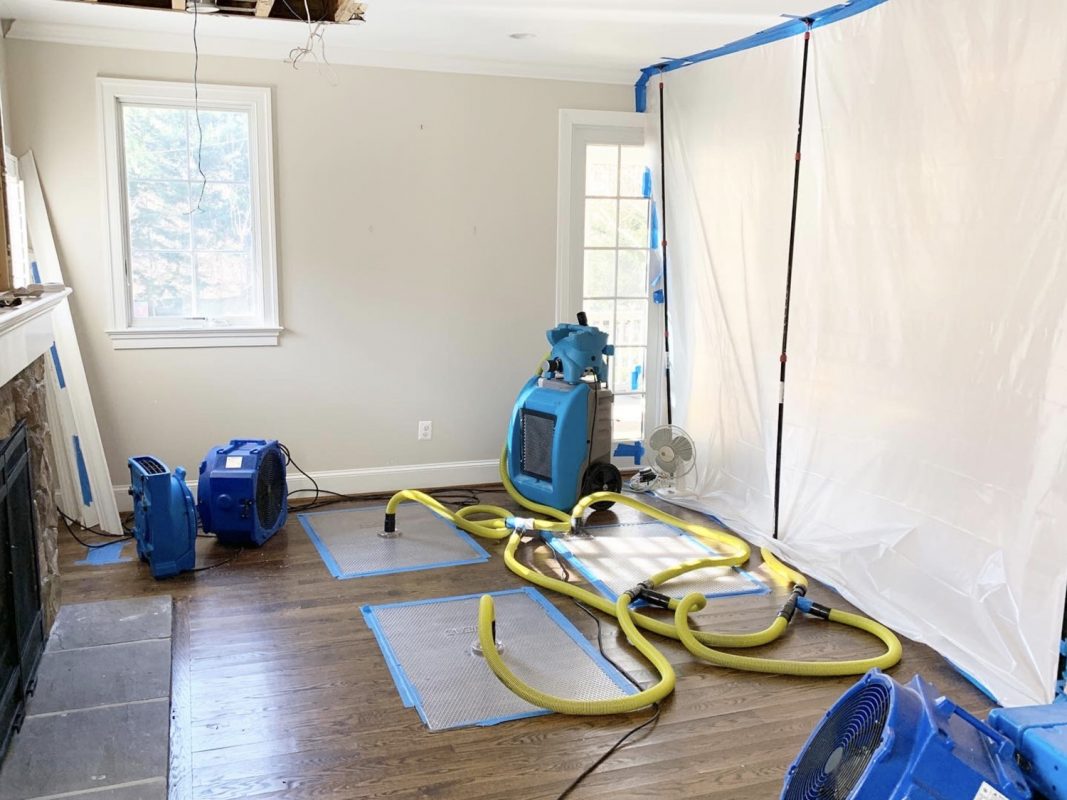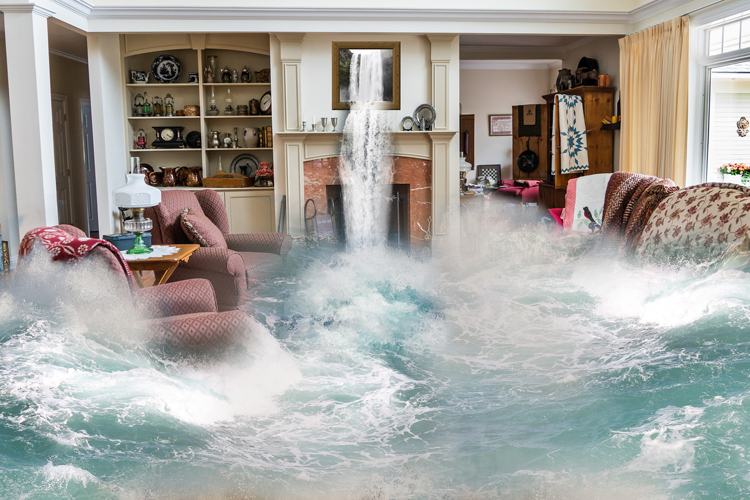How do you really feel in relation to 5 Home Safety Tips To Reduce The Risk Of Fire And Water Damage?

Water gives life, however water invasion on some parts where it's not supposed to be can result in damage and also aggravation. In enhancement, houses with water damages smell old as well as stuffy.
Water can originate from several resources like typhoons, floodings, ruptured pipelines, leaks, and drain concerns. If you have water damage, it's far better to have a working knowledge of safety precautions. Right here are a few guidelines on how to deal with water damage.
Do Prioritize Home Insurance Coverage Insurance Coverage
Seasonal water damage can originate from floodings, seasonal rains, as well as wind. There is also an incident of an abrupt flooding, whether it originated from a defective pipeline that suddenly bursts right into your residence. To shield your residence, copyright insurance that covers both acts of God such as natural tragedies, and also emergency situations like broken plumbing.
Do Not Forget to Shut Off Energies
When catastrophe strikes as well as you're in a flood-prone location, turn off the main electrical circuit. Switching off the power avoids
When water comes in as water serves as a conductor, electrical shocks. Do not forget to switch off the main water line shutoff as a means to avoid even more damage.
Maintain your furnishings steady as they can move around as well as cause additional damage if the floodwaters are getting high.
Do Keep Proactive as well as Heed Weather Signals
If you live in an area tormented by floods, remain proactive as well as prepared at all times. Listen to the information as well as emptying cautions if you live near a body of water like a lake, creek, or river .
Do Not Ignore the Roofing System
Your contractor should take treatment of the defective seamless gutters or any type of other indicators of damages or weakening. An inspection will certainly protect against water from flowing down your walls and soaking your ceiling.
Do Take Note Of Small Leaks
A ruptured pipe doesn't occur in a vacuum cleaner or over night. There are red flags that can draw your focus and also indicate to you some weakened pipelines in your home. Signs of warnings in your pipelines consist of gurgling paint, peeling off wallpaper, water touches, water stains, or dripping audios behind the wall surfaces. There are indications that the pipeline will break. Don't wait for a rise if you see these indicators. Repair work and also evaluate your plumbing repaired before it causes substantial damage to your residence, funds, and an individual problem.
Do Not Panic in Case of a Burst Pipe
Timing is crucial when it comes to water damage. If a pipeline bursts in your home, promptly closed off your major water shutoff to cut off the source and also protect against more damage. Call a reliable water damages reconstruction professional for support.
Water provides life, but water invasion on some components where it's not intended to be can result in damages and also inconvenience. In addition, homes with water damage odor musty and also old.
Seasonal water damage can come from floods, seasonal rainfalls, and wind. Indicators of red flags in your pipelines include bubbling paint, peeling off wallpaper, water streaks, water spots, or trickling noises behind the walls. If a pipe ruptureds in your house, immediately shut off your major water valve to cut off the resource and avoid even more damage.
Water Damage Do and Don'ts
Water damage at your home or commercial property is a serious problem. You will need assistance from a professional plumber and a water damage restoration agency to get things back in order. While you are waiting for help to arrive, however, there are some things you should do to make the situation better. Likewise, there are things you absolutely shoud not do because they will only make things worse.
DO these things to improve your situation
Get some ventilation going. Open up your doors, your windows, your cabinets – everything. Don’t let anything remain closed. Your aim here is to expose as much surface area to air as possible in order to quicken the drying out process. Use fans if you have them, but only if they’re plugged into a part of the house that’s not currently underwater.
Remove as much standing water as you can. Do this by using mops, sponges and clean white towels. However, it’s important that you don’t push or wipe the water. Simply use blotting motions to soak it up. Wiping or pushing could result in the water getting pushed deeper into your home or carpeting and increasing your problem.
Turn off the power to the soaked areas. You will want to remove the danger of electrocution from the water-logged area to do some cleaning and to help the plumber and the restoration agents do their work.
Move any furniture and belongings from the affected room to a safe and dry area. Taking your possessions to a dry place will make it easier to decide which need restoring and repair. It will also prevent your belongings from being exposed to further moisture.
DON’T do any of these things for any reason
Don’t use your vacuum cleaner to suck up the water. This will not only get you electrocuted, but will also severely damage your vacuum cleaner. Use manual means of water removal, like with mops and pails.
Don’t use newspaper to soak up the water. The ink they use for newsprint runs and transfers very easily, which could then stain carpet and tile with hard-to-remove stains.
Don’t disturb mold. This is especially true if you spot a severe growth. Leave the mold remediation efforts to the professionals. Attempting to clean it yourself could mean exposing yourself to the harmful health effects of mold. Worse, you could inadvertently spread it to other areas of the house.
Don’t turn on your HVAC system until given approval from the restoration agency. Turning your HVAC system on before everything has been cleaned could spread moisture and mold all over the house.
https://www.dreyersdki.com/about-us/blog/water-damage-do-and-donts

As a fervent reader about Fire And Water Damage Prevention, I think sharing that excerpt was sensible. Be sure to take a moment to promote this blog posting if you appreciated it. I take joy in reading our article about What You Can Do At Home To Prevent Fire And Water Damage.